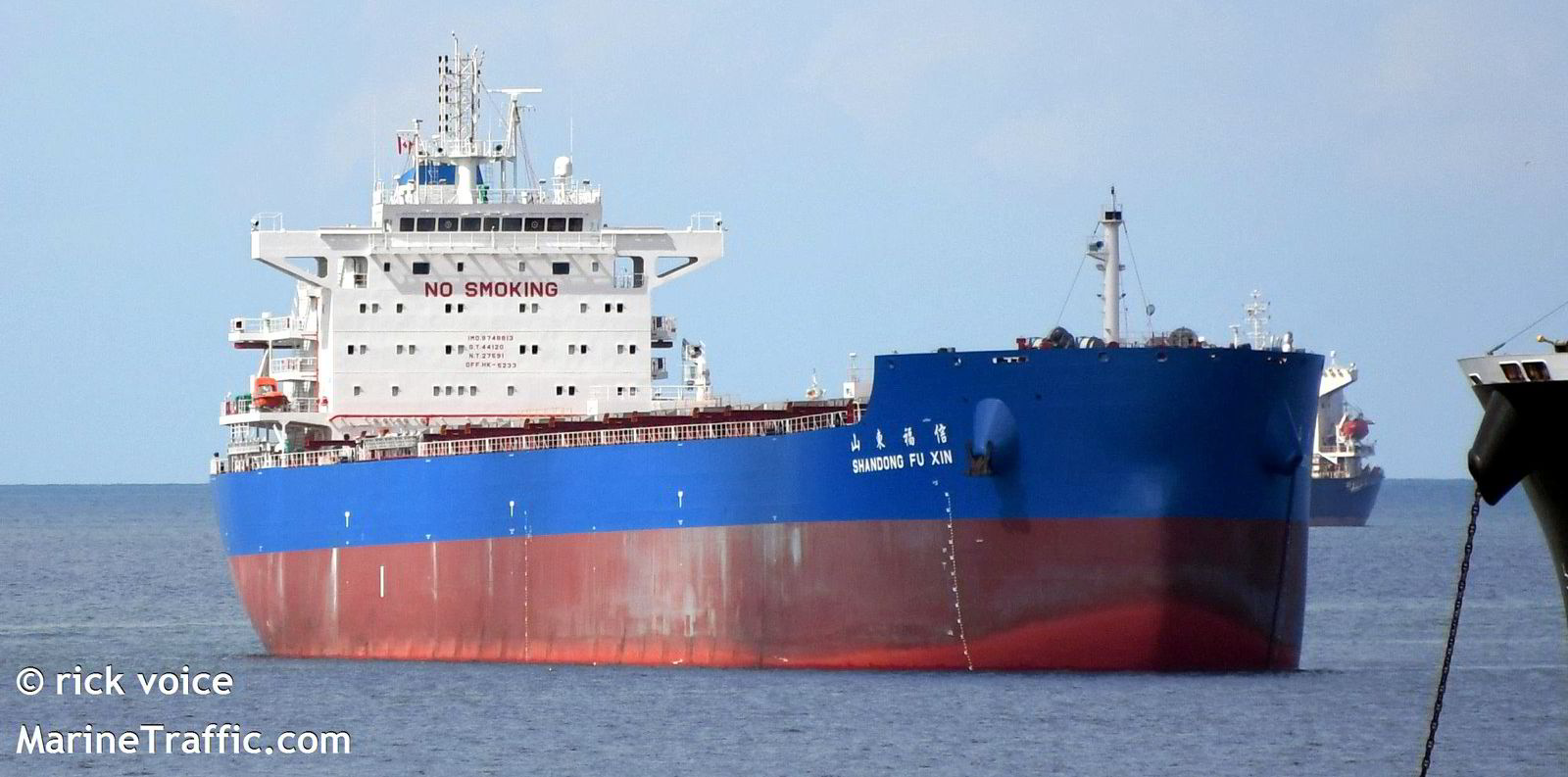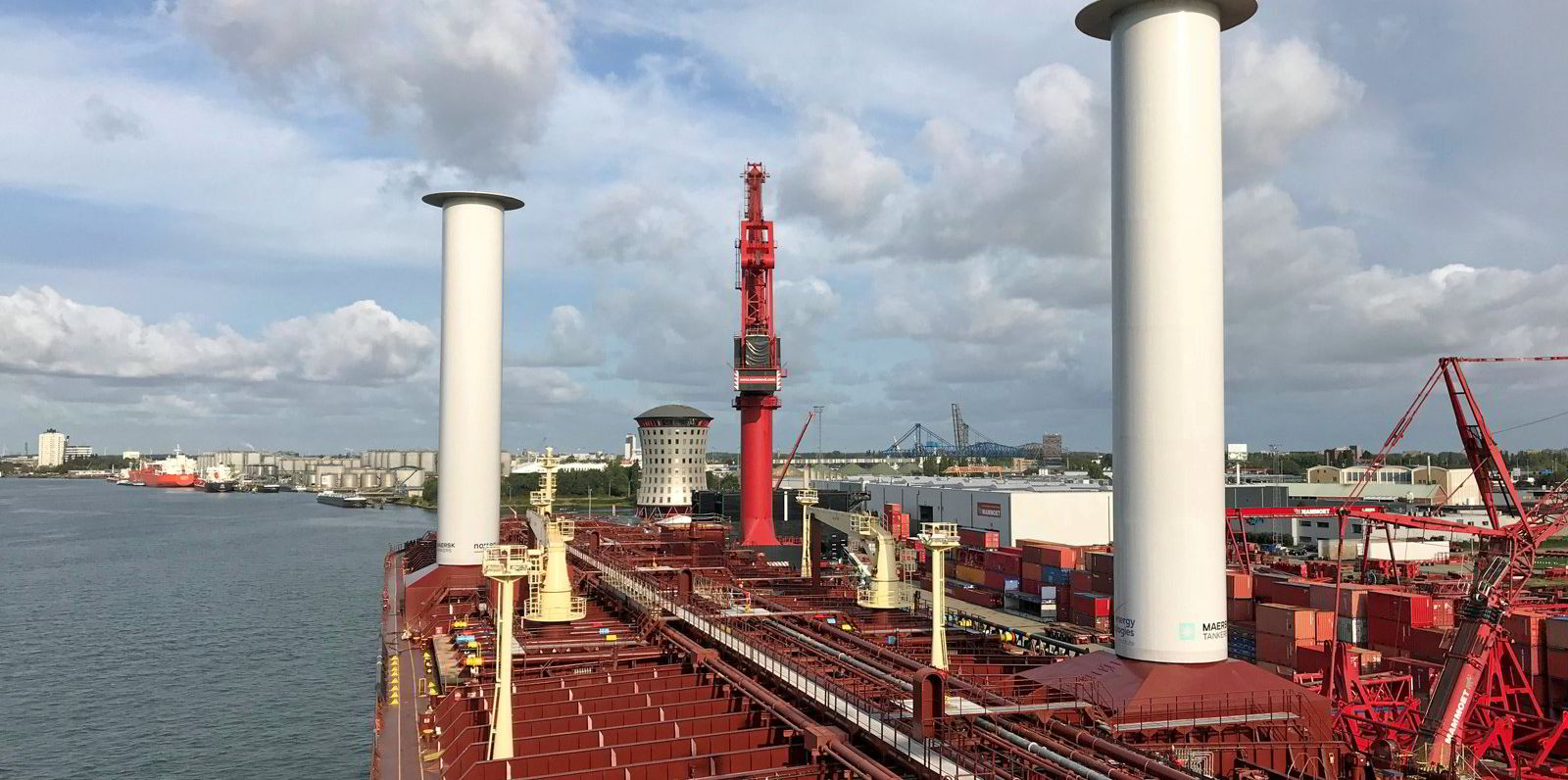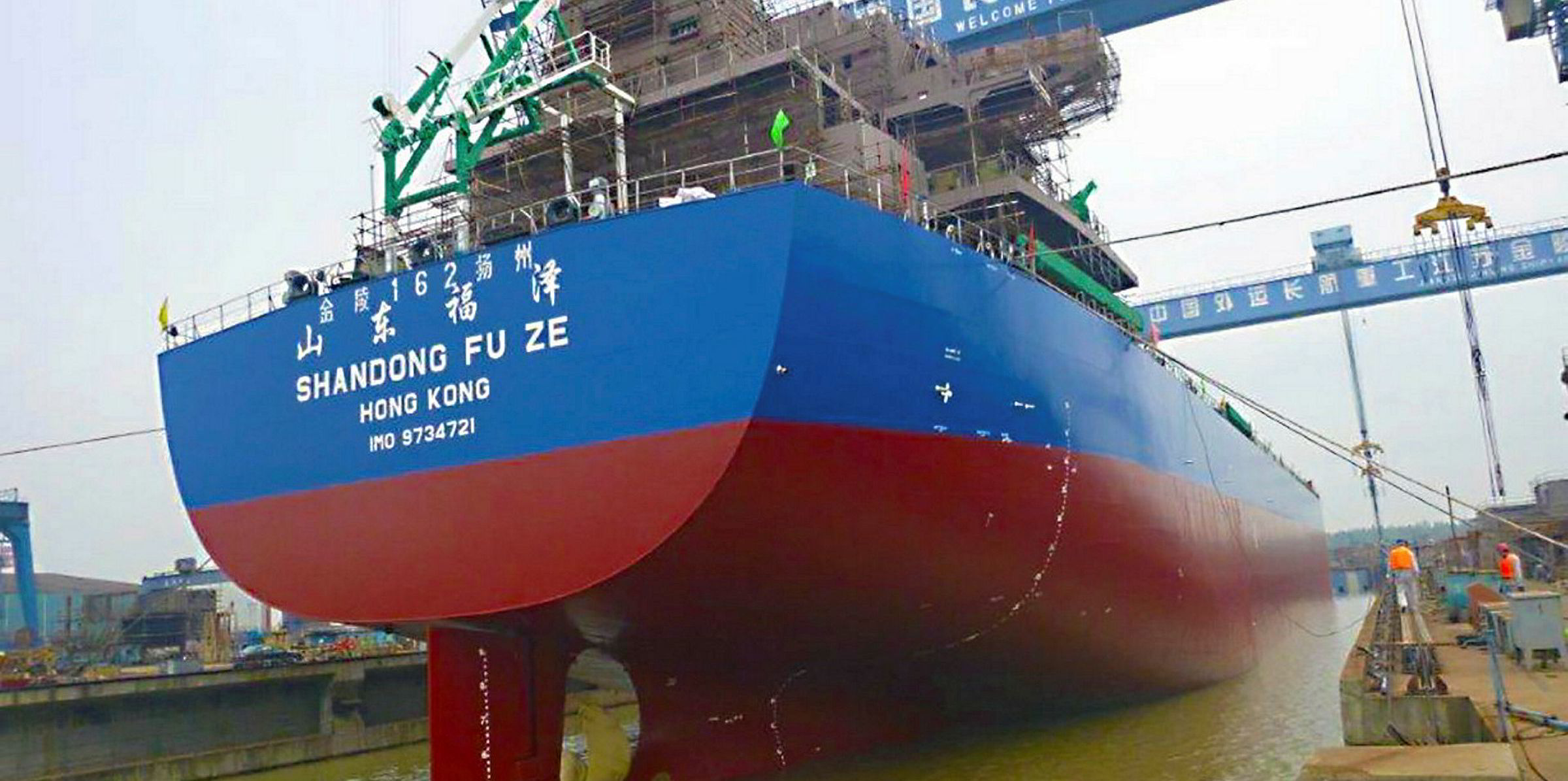Among the top priorities of bulker owner and operator SDTR Marine is running a modern and environmentally friendly fleet.
So the Singapore-based shipping company — which currently owns 14 kamsarmaxes that are less than three years old and is due to take delivery of 10 bareboat-chartered newbuildings by the middle of next year — has already started work on the next batch of ships that it aims to order.
SDTR general manager Gao Dehui told TradeWinds that it is the responsibility of shipping companies to operate eco-vessels that meet international upcoming regulations aimed at lowering carbon emissions.
“SDTR is constantly looking to upgrade and renew its fleet,” he said. “It is the company’s goal to operate the latest eco-ships.”
Gao said the next batch of kamsarmax bulker newbuildings he hopes to order will meet Energy Efficiency Design Index (EEDI) Phase 3 compliance for greenhouse gas emissions, as well as the existing International Maritime Organization's Tier III NOx standard.
SDTR is working with Shanghai Merchant Ship Design & Research Institute (SDARI) to develop a new kamsarmax design. It is also in discussions with shipyards for the newbuildings.
“We have not decided on the number of ships that we will be ordering, as that depends on the vessels’ price and the availability of finances,” Gao said.
He added that SDTR has considered LNG-fuelled vessels. But the high shipbuilding cost and the lack of LNG bunkering ports worldwide make it difficult for the company to commit to gas-powered vessels.
SDTR Marine is a shipowner and operator that focuses on the kamsarmax bulker market.
Founded: 2013
Headquarters: Singapore
Shareholders: The company is a joint venture between Shandong Shipping and Transcenden Global
Fleet: 14 kamsarmaxes, in addition to 10 bareboat-chartered ships under construction
Value: Owned fleet is worth more than $371m
Source: SDTR and VesselsValue
“Unlike the capesize vessels, kamsarmax bulkers trade worldwide and they do not have fixed trading routes,” Gao said.
“If charterers are willing to employ dual-fuelled kamsarmaxes, it will be workable for owners like us to build such vessels. Otherwise, owning conventional fuel-run bulk carriers that meet the new EEDI Phase 3 standard will be a more realistic goal to achieve.”
Gao spoke as he was gearing up to make his first international trip since the coronavirus outbreak at the end of 2019.
He will be travelling to China to take delivery of the first in a series of 10 bulker newbuildings of 85,000 dwt that SDTR has bareboat chartered from AVIC International Leasing for five years.
The wide-beam, shallow-draught vessels are being built by Shanhaiguan Shipbuilding. They are compliant to EEDI Phase 2 standards and the IMO's Tier III NOx rules.
“We need to travel and meet up with clients and business partners to strengthen work relationships,” he said.
Asked whether SDTR’s operations and earnings were impaired by the Covid-19 pandemic, Gao said 2020 turned out to be one of the better years for the eight-year-old company.
“The bulker market was weak during the first half of last year,” he said. “But SDTR could overcome it because of the risk management strategy that we took.”
As 70% of SDTR’s fleet was chartered out for between two and five years, Gao explained that these ships were not affected by the outbreak of Covid-19. As for the remaining 30% of the fleet, the company locked in the vessels’ positions through freight forward agreements (FFAs) from the moment it learned about the coronavirus outbreak in China.
Gao noted that the pandemic has negatively affected global economic growth and worldwide trade.
“But it has caused bunker prices to drop, which helped to reduce operating costs for companies,” he said.
Most shipping outfits struggled with crew changes, but SDTR claimed it managed to get its seafarers home.
“We employ Chinese crew, and most of our ships trade back to China,” Gao said. “They were allowed to disembark at Chinese ports.”
For bulkers that SDTR fixed out and were not heading back to China, the company re-chartered them back from the charterers and arranged for the ships to call at Chinese ports.

“This arrangement cost the company extra money, but it was well spent,” Gao said. “We need to be responsible for our crew’s physical and mental health well-being. It is vital that they get rest so as to perform well on board the ships.
“Having a good relationship with charterers has enabled our company to arrange for crew changes.”
Looking ahead, Gao forecasts that the dry bulk market will continue to stay bullish over the next two years as China’s imports for grain continue to increase.
“The Covid-19 stimulus packages rolled out by countries will boost global trade at a time when supply of vessels is limited due to the low orderbook of bulk carriers," he said. "But we are also concerned the rising time-charter rates may lead owners to order vessels on speculation.”






